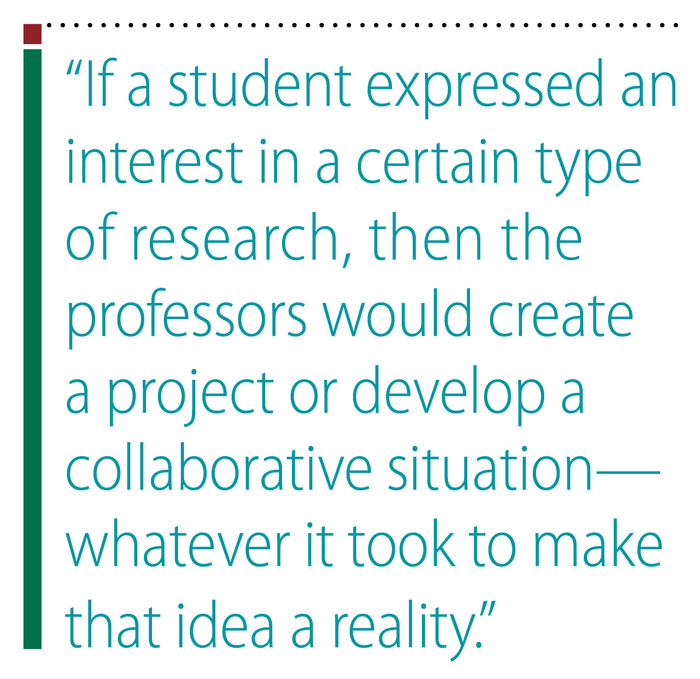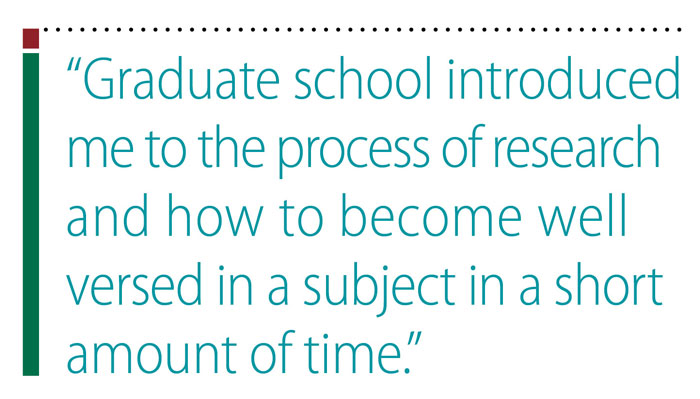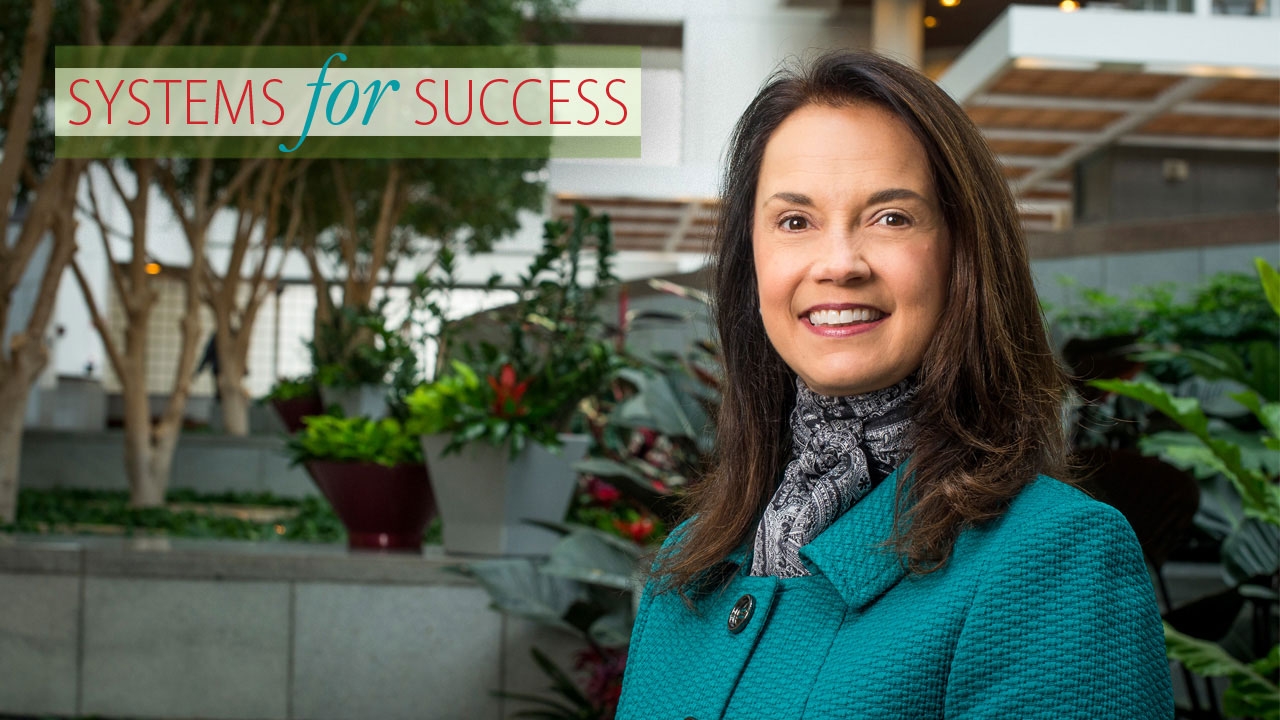As executive vice president and chief operating officer of Southern Company, Kim Greene helps to power the growth of one of America’s largest utility companies, with operations across the United States. She oversees everything from generation, transmission, engineering, and construction services to system planning and research and environmental affairs. In the early 1980s, however, a different set of systems and networks intrigued her—the ones driving the human body.
“The [first successful permanent] artificial heart, the Jarvik-7, was developed then, and I was fascinated,” she says. Excitement over that technological marvel, along with an interest in medicine and achievements in math and science, steered her toward biomedical engineering—and ultimately to UAB, where she received a master’s degree in the field in 1990.

From Ideas to Reality
Greene chose UAB for several reasons. She liked the close links between the schools of Engineering and Medicine and the biomechanics work that was under way. She also had a “wonderful visit” with a couple of professors—Martha Bidez, Ph.D., and Linda Lucas, Ph.D. [now graduate program director for the UAB Advanced Safety Engineering and Management Program and UAB provost, respectively]. “They were quite inspiring,” she says.
At UAB, Greene worked with dental implants and artificial hip replacements, conducted research into the tissue connecting bones in the forearm, and partnered with orthopedic surgeons. “It was an exciting opportunity,” she says, “a school with professors who were strong both theoretically and practically.” Greene appreciated that professors treated students as professionals. “If a student expressed an interest in a certain type of research, then the professors would create a project or develop a collaborative situation with someone in the medical school or the dental school—whatever it took to make that idea a reality,” she says.
She also enjoyed working with the “nice mix of students from all over the country who were supportive of one another, which made going to class and working on projects fun and exhilarating.”
Opportunities and Answers
So what led a biomedical engineer to a career in the electric-utility industry? Her husband’s job as a pilot in Birmingham prompted Greene to look for opportunities locally, and Southern Company was a good fit. “The electric-utility industry was focusing on environmental retrofit equipment for their generating plants,” she says. “In a roundabout way, I was still doing engineering for the human body by helping to develop cleaner energy solutions.”

Greene has translated her knowledge of intricate systems into a long, successful career. For six years, she served in executive roles including chief financial officer and chief generation officer for TVA; she returned to Southern Company in 2013 and is based at the utility’s Birmingham headquarters.
“Graduate school introduced me to the process of research and how to become well versed in a subject in a short amount of time—which requires independence, questioning, and searching for knowledge,” she says. “I have more confidence moving into different areas of this business and taking on new roles thanks to the in-depth and intense experiences provided to me at UAB.
“I thoroughly enjoy my work,” Greene continues. “The electric-utility industry is extraordinarily complex and broad. It provides constant opportunities to solve problems and deal with challenges, which an engineer thrives on.” She also enjoys the chance to get involved in the communities served by Southern Company and help make a difference.
Throughout her career, Greene has maintained longstanding, supportive relationships with her UAB professors, particularly Bidez. “It’s a wonderful experience to continue to receive their support and guidance, professionally and personally,” she says. “I still feel connected to the people I built strong relationships with, and that keeps me close to the university.”


